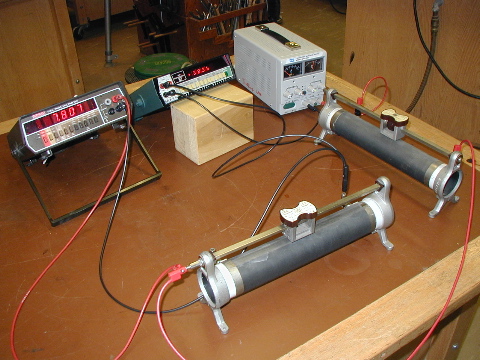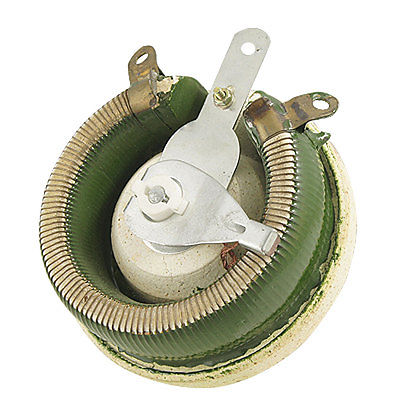Princess Valiant
A.K.A. Rainy Day Auto
Is there a way to bench test a dash cluster.
I found a bunch of 70-76 and 70/1 type and I am fixin to sell them but I thought it would be nice to know if they work before I list them so the buyer will know what he/she is getting.
I found a bunch of 70-76 and 70/1 type and I am fixin to sell them but I thought it would be nice to know if they work before I list them so the buyer will know what he/she is getting.



















